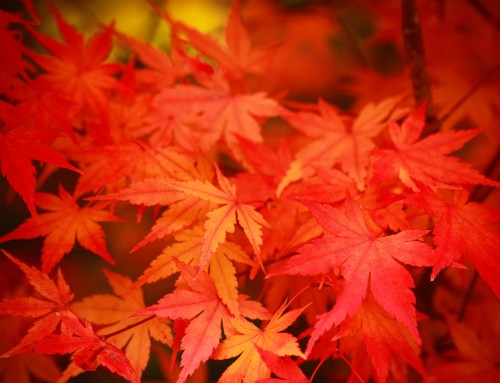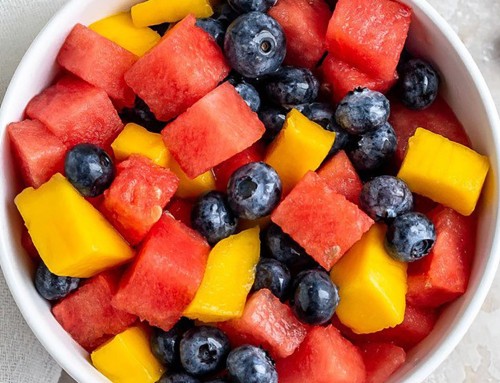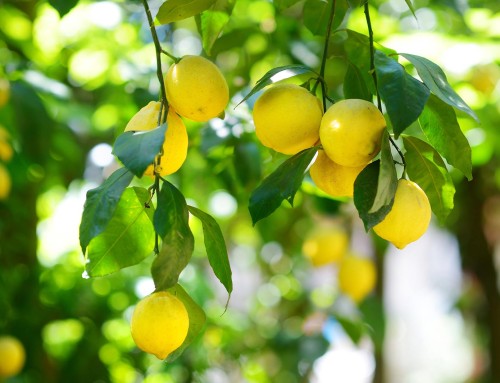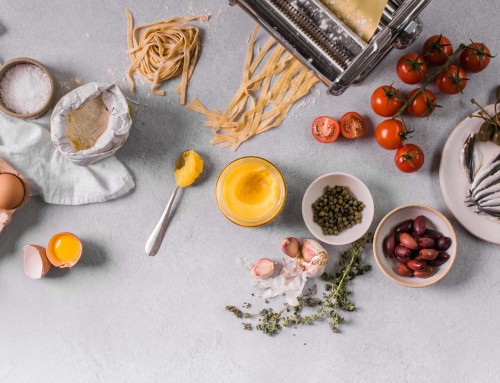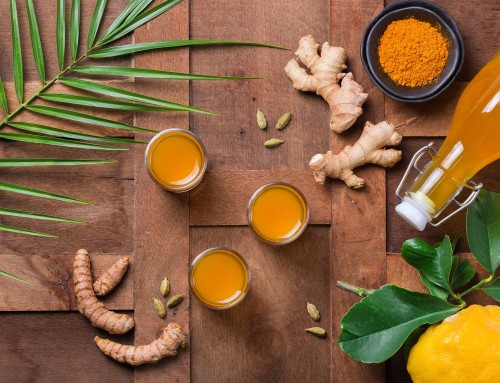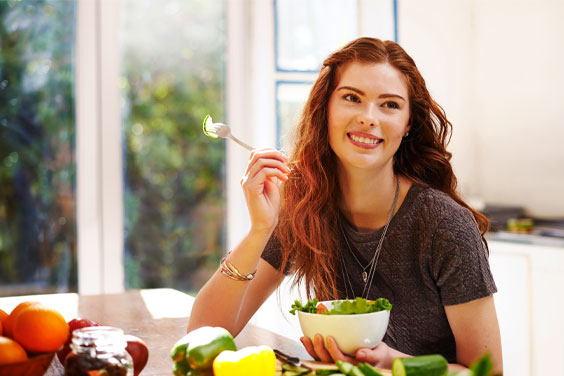
You would think that since Pitta dosha is associated with the fire element, a person with high Pitta would not experience any problem burning up the carbohydrates and sugars in their diet.
Yet if a Pitta predominant individual fails to take care of their digestion, this can result in specific related digestive problems. For instance, if someone who is predominantly Pitta skips breakfast or other meals, that can create ama (digestive impurities), because the digestive fire becomes too strong. In this situation, stomach acids can “burn” the food and even damage the stomach.
To understand how this happens, think of setting an empty pot on the stove. The heat is on, but there’s nothing to cook. Instead, the pot itself gets burned. In the same way, if you have a strong digestive fire but you don’t feed it regularly, then the digestive enzymes may end out of balance, burn the food and create ama the next time you decide to eat.
Many people with high Pitta dosha are overweight, precisely because they are not eating regularly, and as a result, ama has coated their digestive system.
When ama blocks the channels of digestion and the channels that circulate nutrients throughout the body, then metabolism slows down and weight gain results.
In this case, the added factor of hyperacidity creates additional problems, because the Pitta type’s fiery digestion tries to overcompensate for the ama and blocked channels by producing more acidity. The person may take an over-the-counter antacid, but still, they gain weight because the body is now clogged with ama, and the antacid does not address the underlying cause.
In this situation, the person should be really careful and consult an expert in Maharishi AyurVeda, because it is very important to seek advice to try and stop the damage to the stomach area from excess digestive acids.
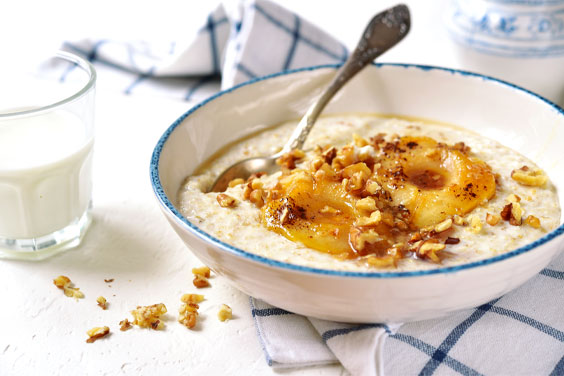
Dietary Recommendations
First of all, the person with high Pitta should get into the habit of eating three meals a day, starting with breakfast.
- Eating a cooked apple or pears with cooked prunes or figs for breakfast is a good idea because it will soothe the digestive fire but not overload it. Raw pears or other sweet, juicy fruits are also good for people with high Pitta.
- Other recommended breakfast ideas include a cup of milk boiled with a pinch of powdered liquorice and then cooled, or cooked oatmeal.
- A vegetable that is good for weight management is daikon radish. This white radish can be grated and added to dhal soups for a mildly spicy flavour.

- Include sweet vegetables for lunch and dinner, such as squashes that are white inside (zucchini, loki or yellow squash). Steam them well and then sauté them in ghee with mild, cooling spices such as powdered fennel, small amounts of cumin and small amounts of turmeric.
- You can add 1-2 cloves to dhal soups, vegetables or grains as you cook them because even though clove seems to be pungent and sharp, it actually has a cooling effect if you cook with it but don’t chew it.
- You can also boil water and let it steep with liquorice root and fennel seed. Drink it throughout the day to help digestion and cool Pitta dosha.

- Liquorice pacifies Pitta dosha, and fennel opens the channels of digestion and circulation without aggravating Pitta. (Please note: If you have high blood pressure or are retaining water, liquorice is not recommended — consult an expert trained in Maharishi AyurVeda.)
- Yellow split mung dhal is a good source of protein when cooked as a soup with spices.
- You can also boil water and let it steep with liquorice root and fennel seed. Drink it throughout the day to help digestion and cool Pitta dosha.

- Quinoa and basmati rice, cooked with a little olive oil or ghee, are recommended grains. If you are overweight and wonder why ghee or olive oil is recommended in cooking, remember that in cases where the stomach may have has been damaged by hyperacidity, healthy fats such as ghee and olive oil will lubricate the area and help repair the damage.
- Avoid eating pungent spices such as chillies, cayenne, and black mustard seed. These will only increase the acidity.
- Individuals suffering from excessive Pitta may be drawn to heavy, cold, sweet foods to cool the acidity. But heavy, cold foods will only make the problem worse by creating more ama and blocking the channels of digestion and metabolism. It’s better to cool the digestive fire by cooking with cooling spices, eating light desserts with your meal such as fruit crisps, and by drinking light dairy drinks such as sweet lassi.

See a more detailed list of Pitta-pacifying foods in our dosha guide.
Sleep is Important
People who are predominantly Pitta should go to sleep before the Pitta time of the evening (10:00 pm to 2:00 am).
Even if you feel like you have a lot of energy then, or feel more creative, it’s not a good idea to stay awake during the Pitta time of night, because this only aggravates Pitta dosha further.
And if you stay awake during the Pitta time of night, you will invariably get hungry and thirsty and may be tempted to eat packaged biscuits or salty snacks or drink soft drinks. All of these things will only disturb and aggravate the Pitta dosha further and contribute to weight gain.
© Copyright 2019 Maharishi Ayurvedic Products International, Inc. (MAPI).
DISCLAIMER: The information in this document is presented for the sole purpose of imparting education on Maharishi AyurVeda and neither the information nor the products are intended to diagnose, treat, mitigate, cure or prevent any disease. If you have a medical condition or are pregnant or lactating, please consult a health professional and it is recommended that you speak with your physician before making significant changes to your diet or routine.

